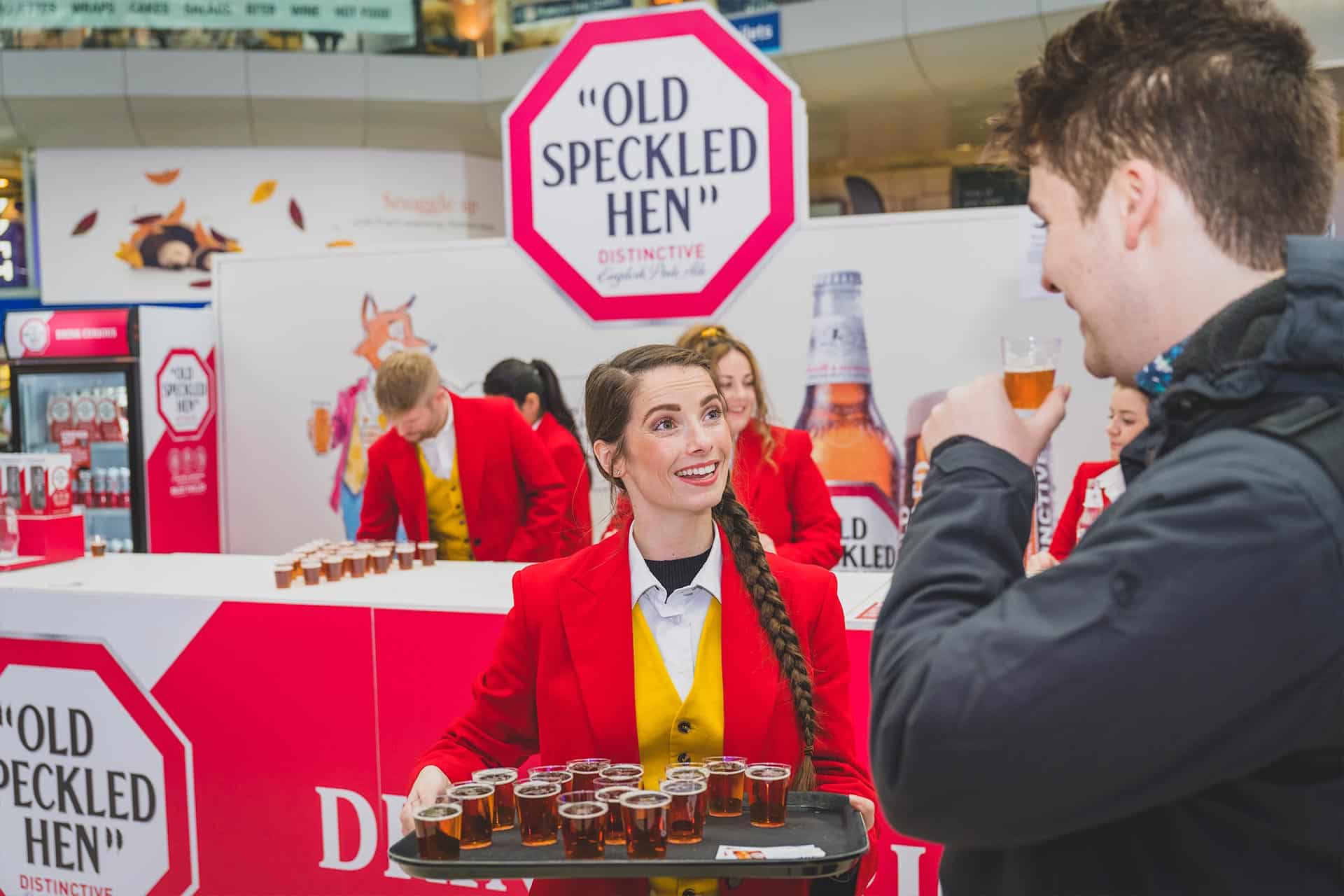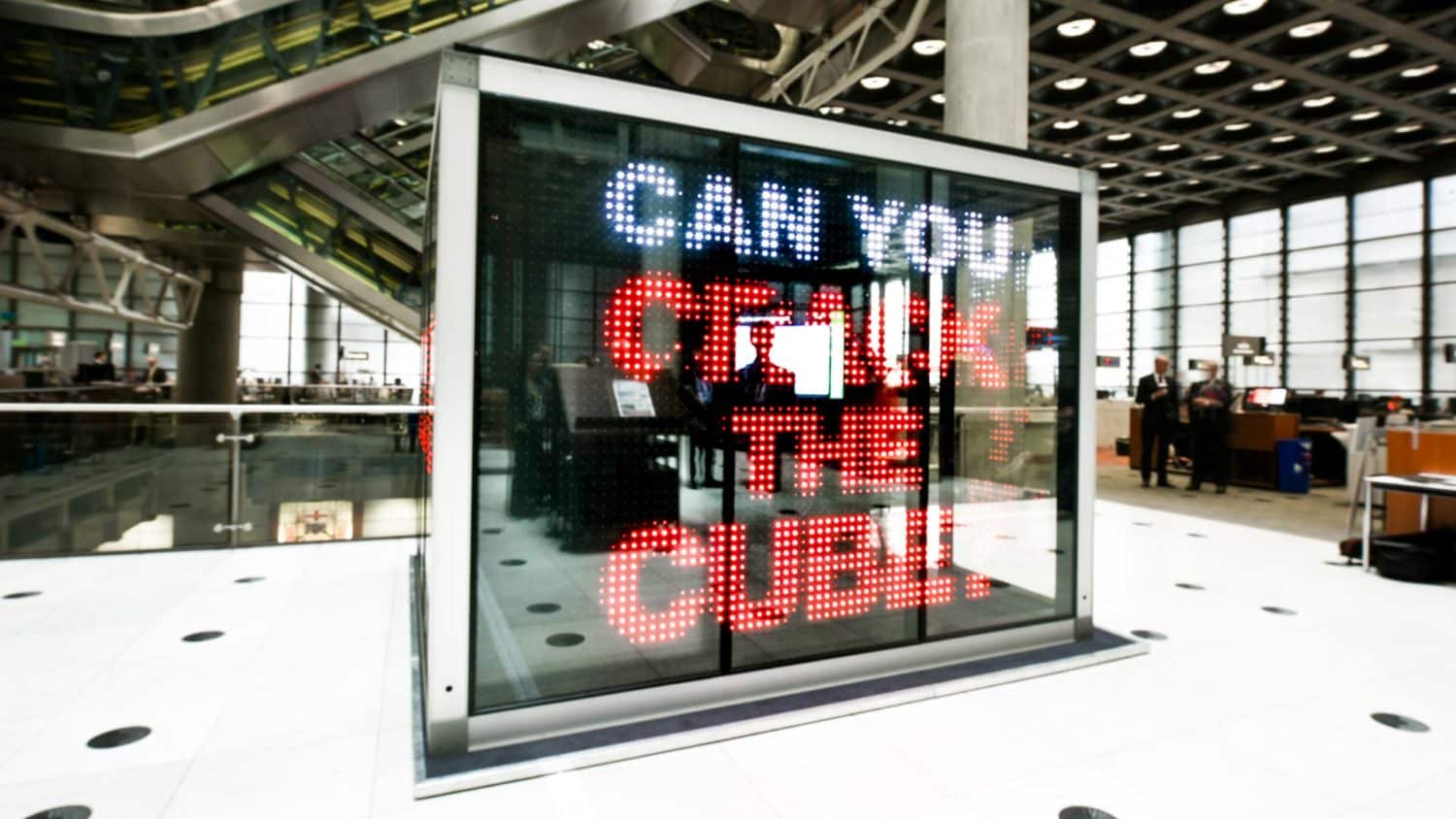Experiential Marketing Return on Investment
September 2021

September 2021

Returns on investment (ROI) are a go-to way for businesses to measure success, and most often relate directly to ‘hard’ ROI focuses including big-hitting numbers like direct income to outcome ratios and consumer influxes vs drops. Yet, while these focuses are obviously worth keeping an eye on, companies looking to work past commoditisation and make the most of a more socially led age of business are increasingly finding that hard ROIs which focus on in-the-moment figures rarely lead to long-lasting, and ultimately high-reaping results.
For this, ‘soft’ ROI methods that create connections and profits to stand the test of time are increasingly coming to the fore. Experiential campaigns are largely leading this shift, enabling brands to engage with audiences on entirely new levels and, when executed well, to enjoy significant loyalty returns as a result. The only challenge is understanding what experiential marketing ROI looks like when those figures aren’t necessarily clear to see in the moment.
At Purity, we’ve long been helping brands to measure the success of their experiential offerings through techniques including consumer data, crowd intelligence tech, and more. Here, we consider exactly how you can measure experiential marketing ROI with the help of in-house KPIs that keep business moving nicely towards overall campaign objectives.

Key performance indicators (KPIs) offer a fundamental opportunity for businesses to measure typically generalised goals like sales and attendance against predetermined business outcomes such as profit increases or enhanced engagement.
While these more general focuses most definitely inform and shape experiential offerings on the whole, many brands are quickly finding that experiential marketing ROI is only measurable when KPIs also account for specific focuses that put overall event success in the spotlight. After all, the number of attendees doesn’t necessarily mean anything other than the potential for sales, and that potential is already wasted if brands aren’t also deep-diving into result-driven specifics off the back of that – e.g. how many attendants follow up with social media follows. Success, or failure, can then be used to determine further experiential KPIs and the direction of marketing overall.
Consider that you’re looking to increase lead generation. Obviously, you need to implement processes like email collection on arrival or even social media likes ahead of invitation, and initial contact in both instances is a tick against generalised KPIs, but true ROI, and KPIs that you can finally tick off your dashboard, are dependent on further efforts to understand and oversee those benefits over time through specified focuses including –
Outlaying these finer key indicators to staff on the event especially ensures that measures can be taken in the moment to track even those considerations that may otherwise remain overlooked and forever out of reach, including sample numbers, engagement data, and even generalised brand sentiment.

Collecting emails would be next to useless if you threw that piece of paper in the bin the moment an event ended. Unfortunately, many brands don’t realise that failing to efficiently compile or analyse KPIs after an event can prove just as damaging to progress overall. In many ways, this is the difference between data and intelligence – data in its raw form (or KPIs in this instance) provides the power but nothing else, while intelligence (compilation) translates that power into actionable outcomes, or a better understanding of experiential marketing ROI in its entirety.
In large part, compilation specifics are going to vary across experiential activations, but will typically link back to the outcomes informing data collections in the first place. For example, brands seeking increased engagement could benefit from compiling not only follower numbers across an event, but also social media mentions (EventTrack research shows 98% of consumers create digital or social content at branded experiences, and 100% of those people share that content.) likes, shares, and ultimately conversions across these platforms. Taken individually, none of this information is of much use. Taken together, it paints the clearest possible picture of experiential marketing ROI that any company could hope for.
At Purity, we pride ourselves on one-of-a-kind experiential marketing that couldn’t be easier to align with your overall business goals. From brand experiences through to product sampling and beyond, every one of our activations benefits from creative oversight, highly trained promotional staff, and KPIs driven by ROI at all times. This is experiential marketing ROI at its best, and contacting us today is all you need to do to get started.